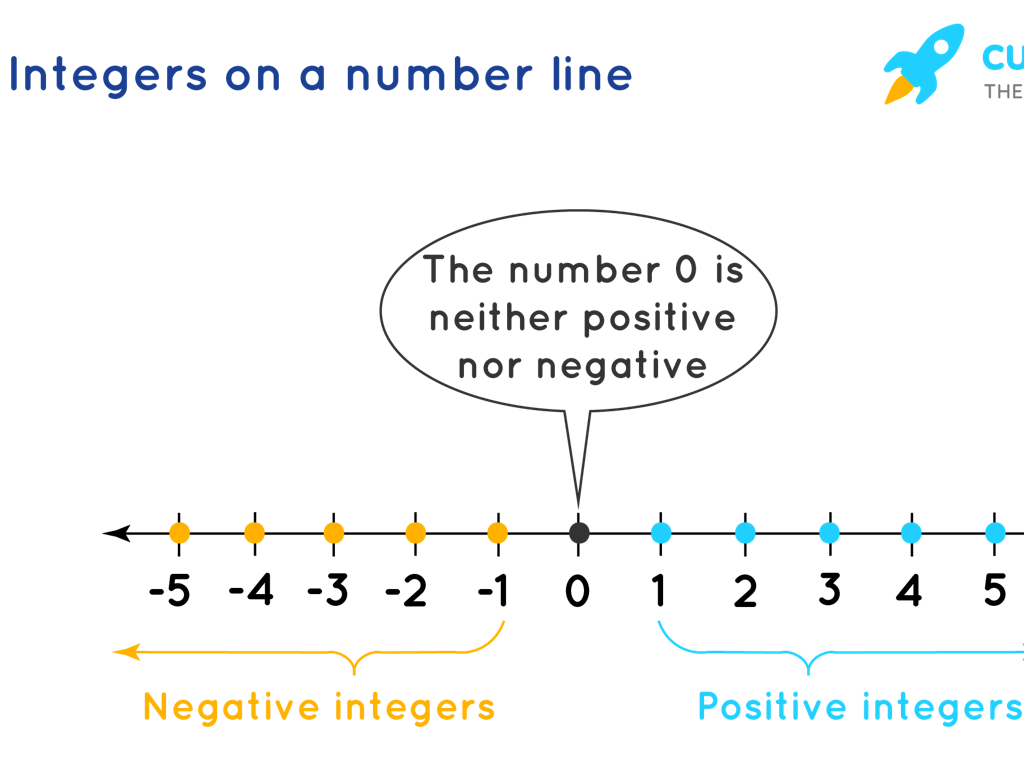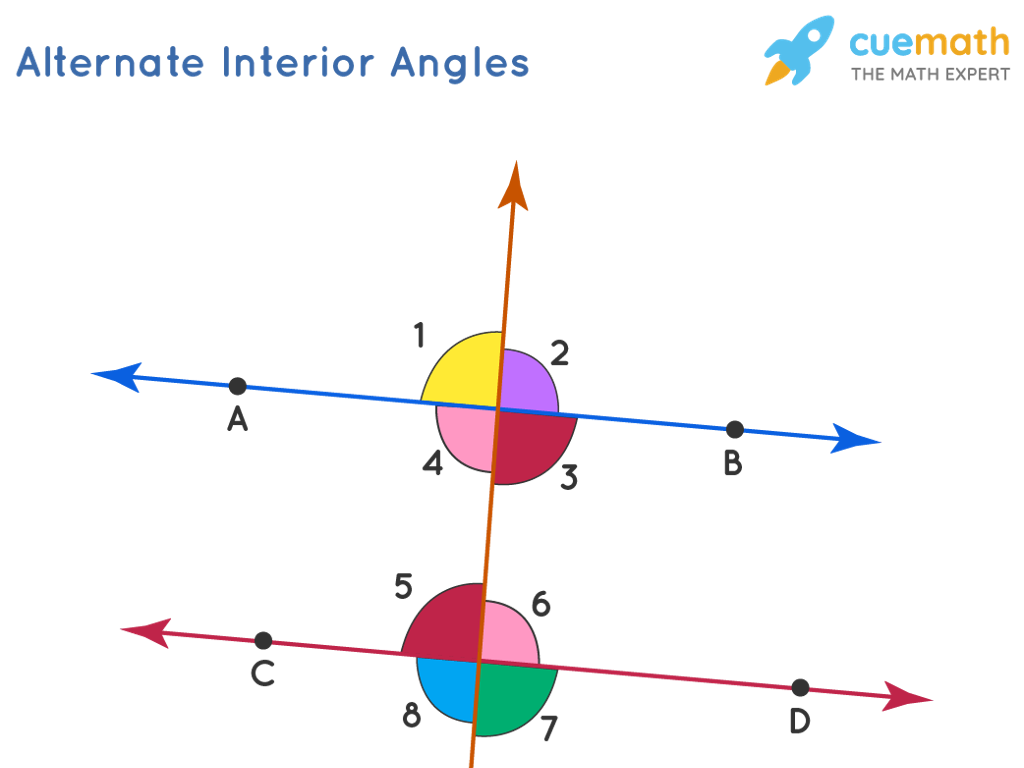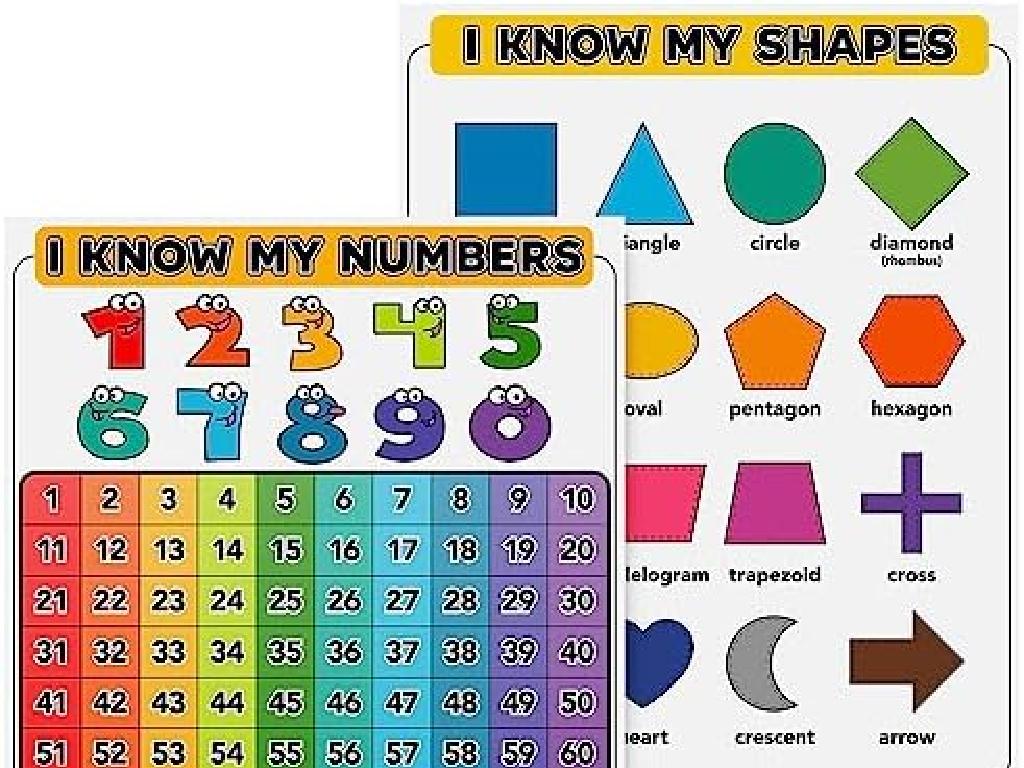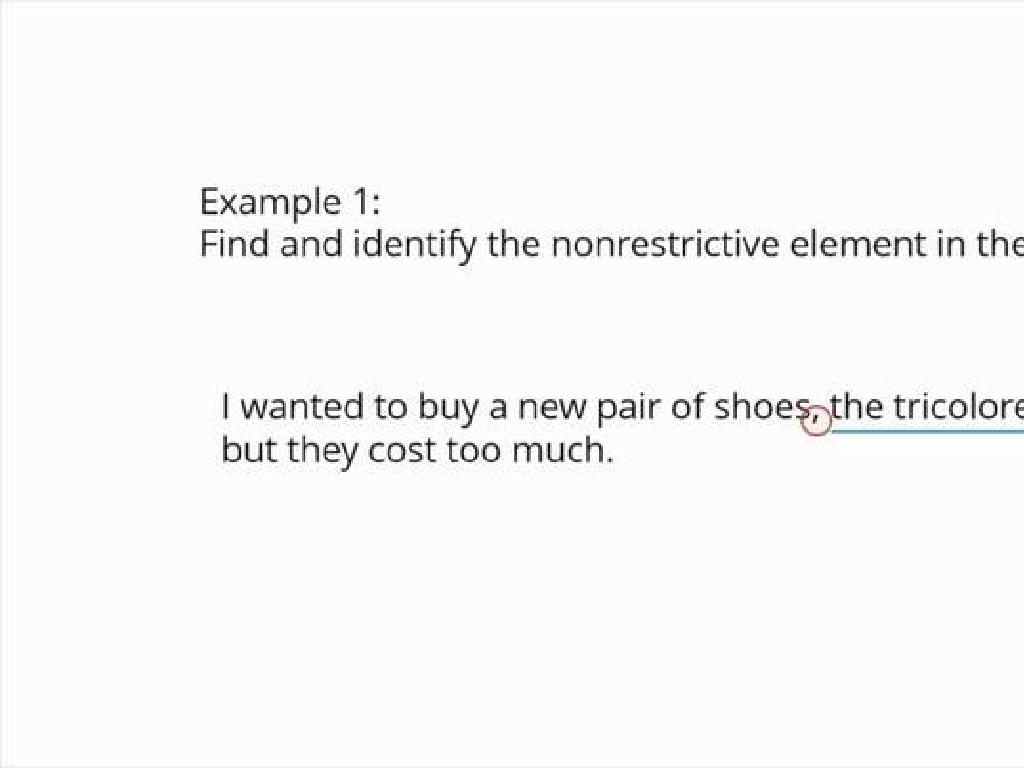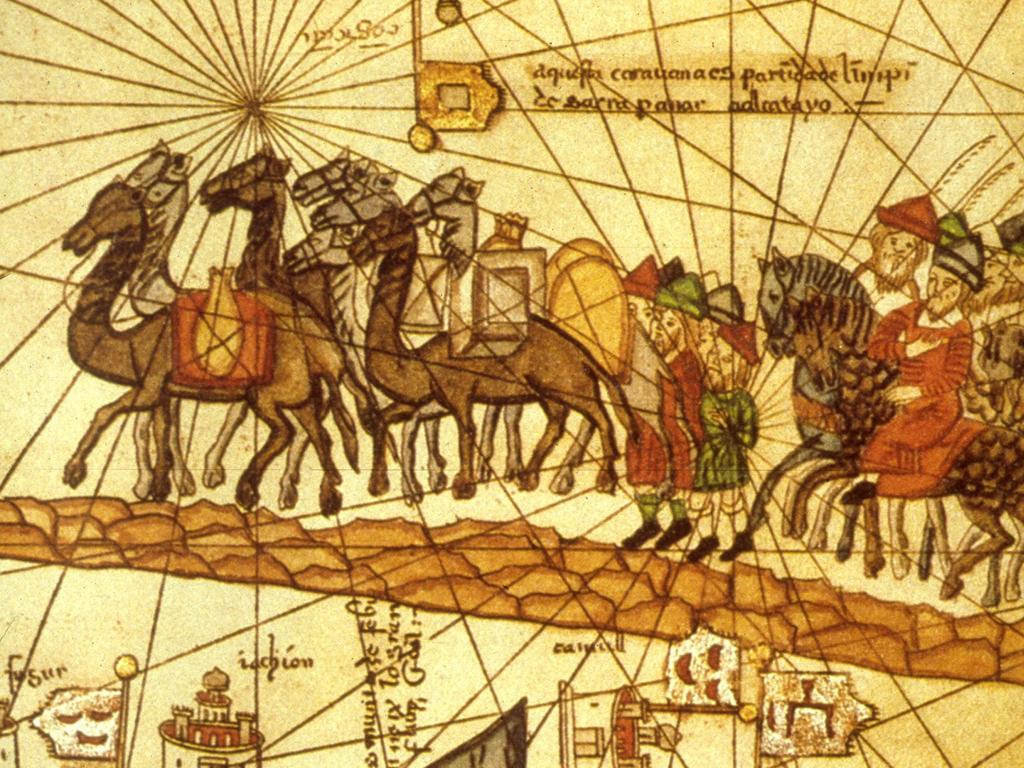Triangles
Subject: Math
Grade: Pre-k
Topic: Flat Shapes
Please LOG IN to download the presentation. Access is available to registered users only.
View More Content
Welcome to Flat Shapes: Triangles!
– Greet our little explorers
– Today’s shape: the triangle
– A triangle has 3 straight sides and 3 corners
– Triangles in the classroom?
– Look around to spot any 3-sided shapes
– Let’s find triangles together!
– We’ll search as a team and point them out
|
Begin the class with a warm and enthusiastic greeting to capture the children’s attention. Introduce the triangle by describing its characteristics, such as having three straight sides and three corners. Encourage the children to observe their surroundings and identify any objects that resemble a triangle. This activity will help them connect the concept of triangles to real-world objects, enhancing their understanding of shapes. As you guide them through the classroom, point out triangles and explain why each object qualifies as a triangle. This interactive approach will make the learning process enjoyable and memorable for the students.
What is a Triangle?
– A triangle has three sides
– It has three corners or ‘vertices’
– The points where two sides meet
– Let’s count the sides and vertices!
– We’ll count 1, 2, 3 sides and vertices together in class
|
This slide introduces the basic concept of a triangle to Pre-K students. Emphasize the number three as a key characteristic of triangles, pointing out that they have three straight sides and three corners, which are called vertices. Engage the students by counting together in class. Use visual aids like pictures of triangles or physical triangle shapes to help them identify and count the sides and vertices. Encourage participation and make it interactive by asking them to draw triangles in the air with their fingers or to find objects in the classroom that are shaped like triangles.
Different Types of Triangles
– Not all triangles are the same
– Equilateral: All sides equal
– Like a perfect triangle cookie
– Isosceles: Two sides equal
– Like a mountain with two equal sides
– Scalene: All sides different
– Like a triangle with no matching sides
|
This slide introduces Pre-K students to the concept of different types of triangles. Emphasize that while all triangles have three sides, they can look different based on the length of their sides. Use simple, relatable examples such as cookies or mountains to help them visualize. Equilateral triangles have all sides the same, which can be likened to a perfectly shaped triangle cookie. Isosceles triangles have two sides that are the same length, similar to a mountain peak with two equal sides. Scalene triangles have all sides of different lengths, which might not match each other at all. Encourage the students to draw examples of each type of triangle and to look for these shapes in objects around them.
Triangles Around Us
– Triangles are all around us
– Spot triangles in the room
– Can you see any triangles where we play?
– Look for triangles in toys
– Blocks and puzzles often have triangle shapes
– Let’s find the most triangles!
– We’ll count who finds the most, like a game!
|
This slide is designed to engage Pre-K students in a fun and interactive activity that helps them recognize triangles in their immediate environment. Encourage the children to look around the classroom and identify objects that have a triangular shape. This could include toys, blocks, or even decorations. Make it a playful competition to see who can spot the most triangles, fostering a sense of excitement and participation. As they search, guide them to understand that a triangle has three sides and three corners. This activity not only reinforces the concept of triangles but also enhances their observational skills.
Let’s Make Triangles!
– Make triangles with sticks
– Draw triangles on paper
– Triangles have three sides
– A side is like the edge of a puzzle piece
– Triangles have three corners
– Corners are where two sides meet
|
This slide is for a hands-on activity where students will learn about triangles by creating them. Provide students with sticks (like popsicle sticks) or have them draw on paper to make triangles. Emphasize that a triangle has three straight sides and three corners, also known as vertices. The activity will help students recognize triangles in various orientations and understand their basic properties. For the teacher: Prepare different colored sticks for the activity, and have enough paper and drawing materials. Guide the students through the process, ensuring they understand what makes a shape a triangle. After the activity, discuss with the class how the triangles they made are similar and different from each other.
Triangle Song: Learning Shapes
– Sing the triangle song together
– Follow along with the teacher
– Triangles have three sides
– A shape with three straight lines
– Count the sides: one, two, three!
– Practice counting with the song
|
This slide is designed to introduce the concept of triangles to Pre-K students through a fun and interactive song. The triangle song is a catchy tune that helps children remember the key characteristics of a triangle by incorporating counting and observation. Encourage the students to follow along and sing with you, using hand gestures to draw a triangle in the air as they sing. This activity not only teaches them about the shape but also reinforces their counting skills. After the song, engage the students by asking them to find objects in the classroom that resemble triangles and count the sides together.
Triangle Hunt Activity
– Let’s search for triangles
– Find triangle-shaped objects
– Look for objects with 3 straight sides
– Bring them to our shape circle
– We’ll share our triangle finds
– See the variety of triangles we found
|
This activity is designed to help Pre-K students recognize triangles in their environment. Encourage the children to look around the classroom for any items that have three straight sides and three corners, which make them triangle-shaped. Items can include toys, blocks, or even drawn pictures. Once they find an object, they should bring it to the designated ‘shape circle’ area. After the hunt, facilitate a discussion where each child presents their found object and talks about its shape. This will reinforce their understanding of triangles and allow them to see how this shape appears in various objects. Possible variations of the activity could include drawing triangles, creating triangles with craft materials, or sorting objects based on whether they are triangles.
Terrific Triangles: Conclusion
– You did great with triangles!
– Triangles are a type of flat shape
– A flat shape with 3 straight sides
– More flat shapes to learn soon
– Share triangle facts with family
– Tell them how many sides and points!
|
This slide wraps up the lesson on triangles, reinforcing the children’s achievement in identifying and creating triangles. Emphasize that triangles are just the beginning of the many flat shapes they will explore. Encourage the children to take pride in what they’ve learned by sharing their knowledge about triangles with their families, such as the fact that a triangle has three sides and three points. This not only reinforces their learning but also helps them practice their communication skills. Prepare to introduce other flat shapes in upcoming lessons, building on this foundational understanding of triangles.

